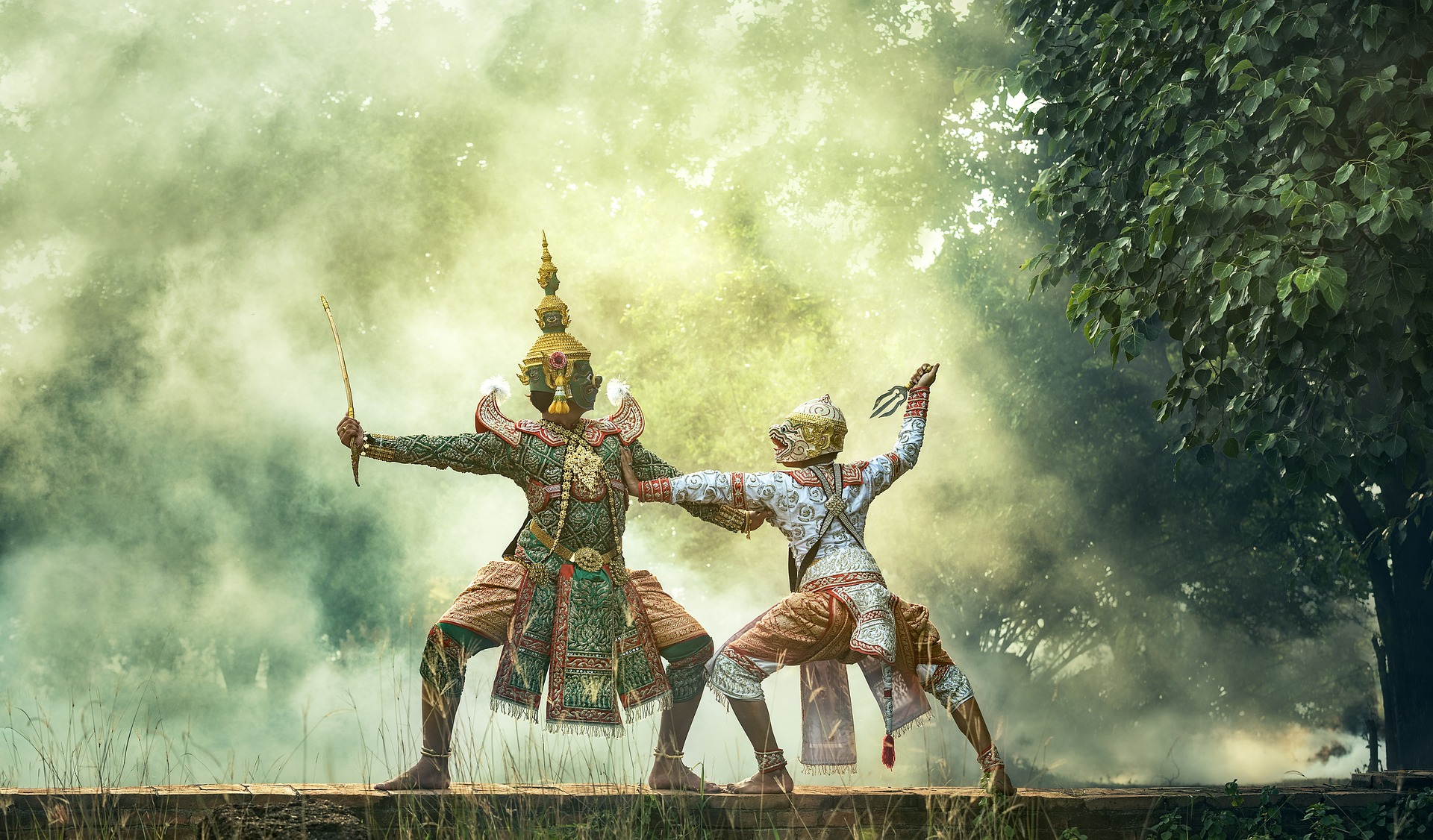Thonburi Kingdom Siam Thailand

The Thonburi Kingdom was a short-lived kingdom in present-day Thailand, lasting from 1767 to 1782. The kingdom was established after the fall of the Ayutthaya Kingdom, which had been sacked by the Burmese in 1767. The Thonburi Kingdom was founded by King Taksin, a military commander who had played a key role in defending Ayutthaya against the Burmese.
After the fall of Ayutthaya, King Taksin led his army to establish a new capital at Thonburi, a city located on the west bank of the Chao Phraya River, just across from present-day Bangkok. The new kingdom was characterized by a strong military presence and a focus on trade and commerce. King Taksin implemented several reforms to strengthen the economy and restore order to the kingdom.
Under King Taksin’s rule, the Thonburi Kingdom saw significant cultural and economic growth. The king encouraged trade with China, Japan, and other neighboring kingdoms, and the kingdom became an important center for international commerce. The kingdom’s art and architecture were influenced by the Ayutthaya Kingdom and included distinctive chedis and Buddha images.
However, the Thonburi Kingdom was short-lived, lasting only 15 years. After King Taksin was overthrown in a coup, he was replaced by King Rama I, who established the Rattanakosin Kingdom with Bangkok as the capital. The Thonburi Kingdom’s legacy is primarily one of economic growth and trade, as well as the art and architecture that it contributed to Thai culture.
Today, the Thonburi district in Bangkok is home to several historic sites and attractions that offer a glimpse into the kingdom’s past. These include the Royal Barges Museum, which features a collection of beautifully crafted ceremonial boats used by Thai kings, and Wat Arun, a temple known for its distinctive Khmer-style spire. The district is also known for its vibrant street markets, offering a glimpse into the local culture and cuisine.
Text generated by ChatGPT. Image by Sasin Tipchai from Pixabay
